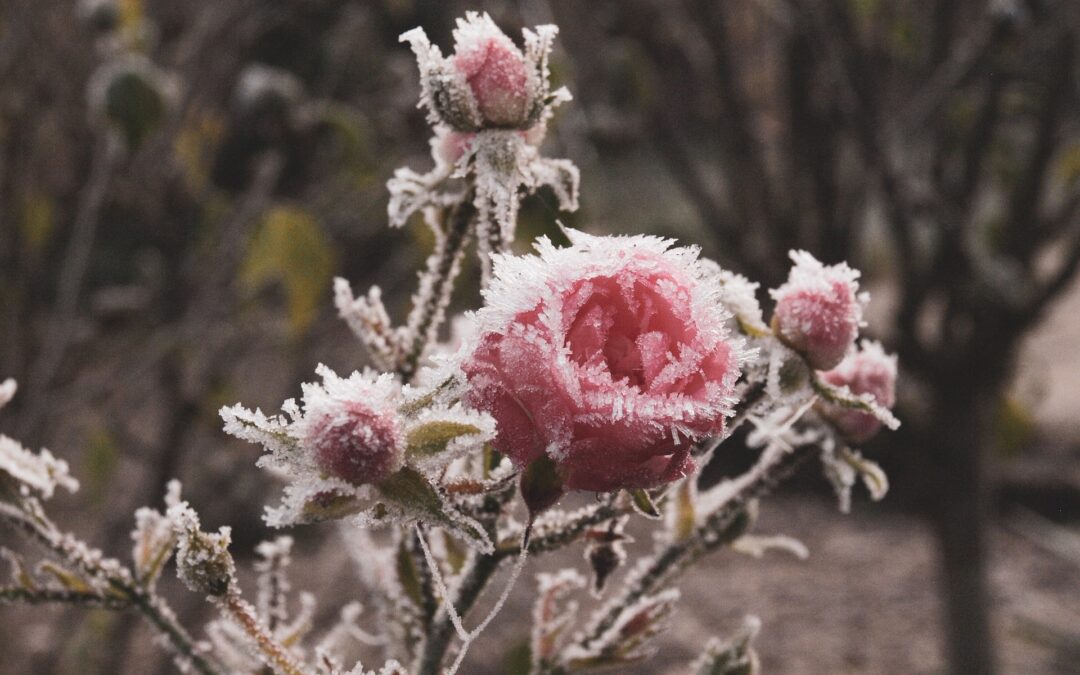How to Prepare Your Garden for Winter
How to prepare your garden for winter starts with when. Central Indiana’s first frost is usually forecast for early to mid-October. The best time to prep your garden is late September to early October before the first freeze. Let’s start with your flower and vegetable beds.
How to Prepare Your Garden for Winter
Cover it with Love
Before the first freeze, cover your beds with 2 inches of compost and then top that with a light cover of mulch or straw. My backyard is at the bottom of a wooded hill, so we get a lot of fallen leaves. I rake the leaves into piles and then run my mower with a mulching blade over it, which I use as compost.
Show Your Perennials You Care
Continue to water your perennial plants right up to the first freeze. They’ll thank you for it by being more robust come spring. Most perennials don’t need cut back before winter, and it can harm some plants. Also, birds appreciate the seeds of many plants, such as Coneflowers. There are some that You should cut back, like my wife’s giant Bee Balm in her front yard flower garden. It’s five feet tall, wide, and deep! If you’d like to learn more about which perennials to cut back, read this article from Almanac, How to Cut Back Perennials in Fall.
Rise to the Needs of Your Roses
Although you should continue to water your rose bushes until the first freeze, don’t fertilize them. A good rule of thumb is to stop fertilizing six weeks before the first freeze. This is because fertilization will promote new growth that can struggle against freezing temperatures. After the first frost, cover the roots and canes with several inches of mulch (I use leaves). You can also surround the bush with chicken wire, be sure to stake it in, so the wind doesn’t blow it, and part of your bush across the yard, and then fill it with mulch.
Don’t Shrug Your Shrubs
A mistake I used to make was pruning shrubs and trees just before winter. For many shrubs, pruning promotes new growth that may not be prepared to handle winter’s cold, wind, snow, and ice. I learned this after I pruned a Redbud tree one September. The tree went into high gear, sprouting several new limbs, none of which survived the winter.
If you have fruit trees, a pest-proof tree wrap is a good idea for the trunk, especially for young trees.
Bonus Tip: Have you ever bought a live Christmas tree to plant after the holiday? I have, and it didn’t do well partially because I didn’t dig a large enough hole for it. You see, the ground was frozen. So, if you plan on buying a live tree, dig the hole before the first freeze.
Here are a couple more tips that aren’t really for your garden beds, but they’re on my to-do list for this weekend.
- Drain and put away my water hoses
- Put out Suet for the wintering birds
With a bit of planning, preparation, and work, you can help you can garden beds be the best they can be next spring!
If you liked this post, you might also like, 7 Tips for Protecting Your Lawn this Winter
About the Author
Randy Clark is a speaker, coach, and author. He publishes a weekly blog at Randy Clark Leadership.com. Randy is passionate about social media, leadership development, and flower gardening. He’s a beer geek, and on weekends he can be found fronting the Rock & Roll band Under the Radar. He’s the proud father of two educators; he has four amazing grandchildren and a wife who dedicates her time to helping others. Randy is the author of the Amazon bestseller The New Manager’s Workbook, a crash course in effective management.
Go Back







